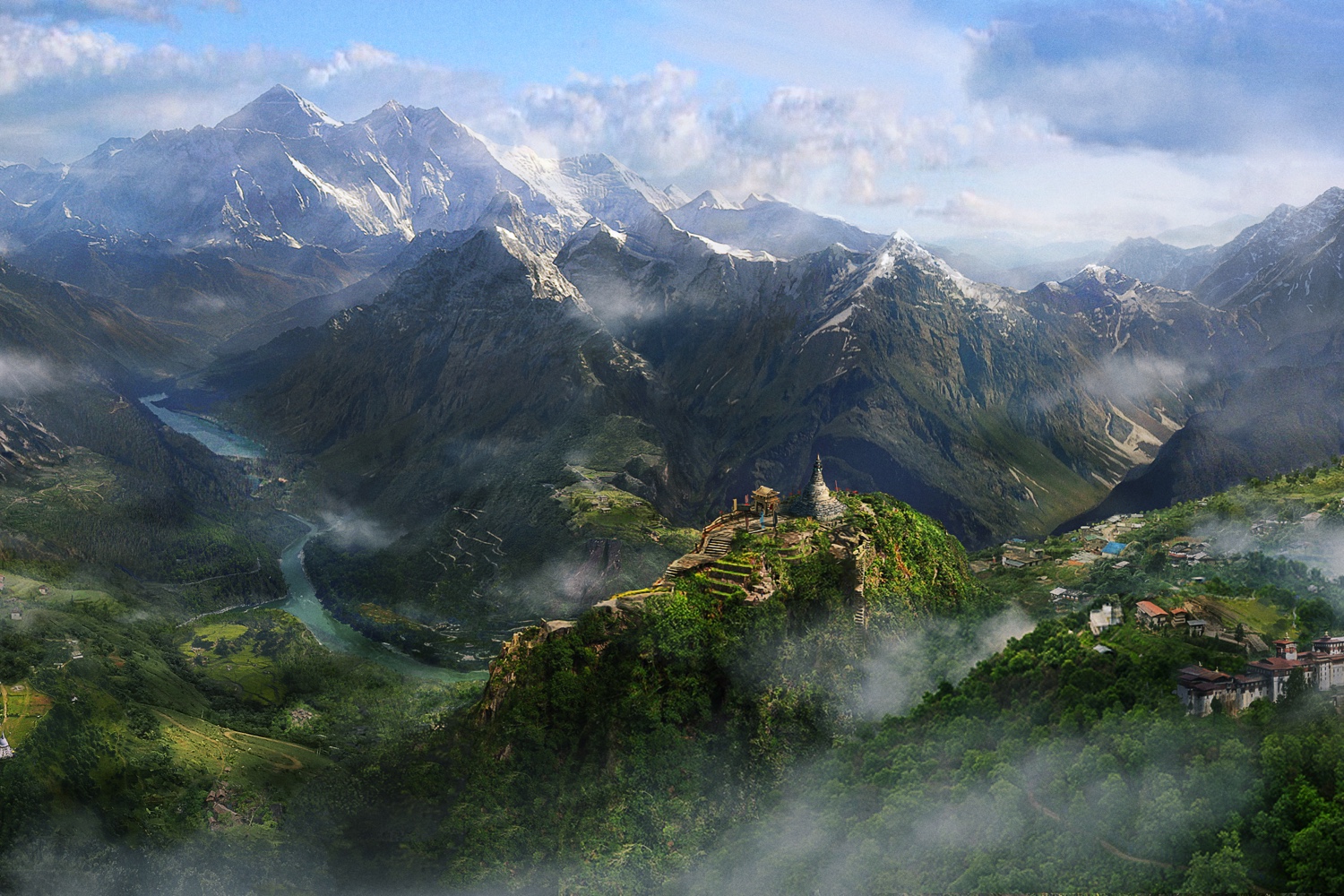
This is how crazy Far Cry 4 can get: I’m droning just above the treetops in a ramshackle gyrocopter, scouting for macaques, when I spy a trio of the pale-furred primates loping near the edge of a precipice. I descend slowly through stands of firs, my rotors audibly clipping branches, preparing to leap out, when I hear the telltale tattoo of machine guns talking—the country’s militia trading gunfire with insurgents.
Bullets suddenly smack into my body, thump-thump-thump. My vision narrows. I jab a greenish syringe into my arm and bail out of the copter—still hovering at the lip of the cliff—spreading my arms and legs and arcing in a wingsuit toward the terrain below like a fired missile. With seconds to land, I deploy my parachute and tumble into more trees, rocks, snarled undergrowth…and the sights of one pissed honey badger, which growls like it definitely cares, then leaps at me, cobra-like, to eat my face off.
Surviving Far Cry 4 often feels like that, abrupt and slightly mad and sequentially unhinged. It’s you in a jam band, an improvisatory celebration of net-less oneupmanship (versus your own best performances) as you vector from mission to mission. The experience is somewhat like being a pinball, lured off course by too-cool-to-ignore distractions, bounding into bedlam with the fleet-footedness of a huntsman by way of an exuberant toddler.
MORE: Sweden Considers Special Labels for Sexist Video Games
And lo, what distractions in this brave new world of drivable elephants, scalable summits, sartorial safaris and literal B-movie stunt quests. As named, the Far Cry games are about hurling you into slight caricatures of otherworldly milieus full of both serious and utterly frivolous things to do. The first and third entries in the series were staged in sultry equatorial spaces (the former eventually turning full-on Island of Dr. Moreau), while the second channeled Kurtzian jungles and savannah through a lens Anton Chigurah. Think part first-person shooter, part Lonely Planet, part Tarantino abattoir.
See The 15 Best Video Game Graphics of 2014

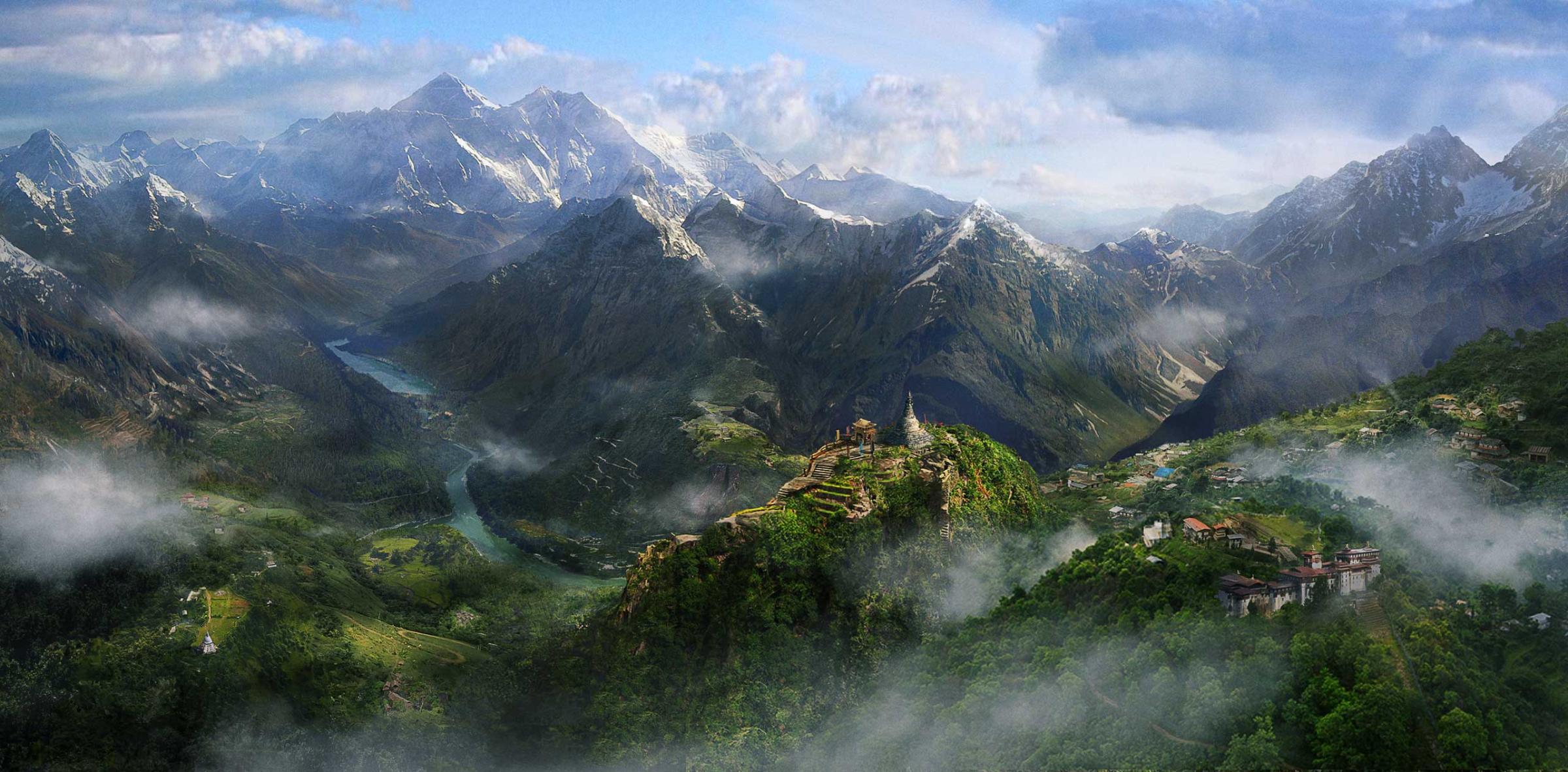
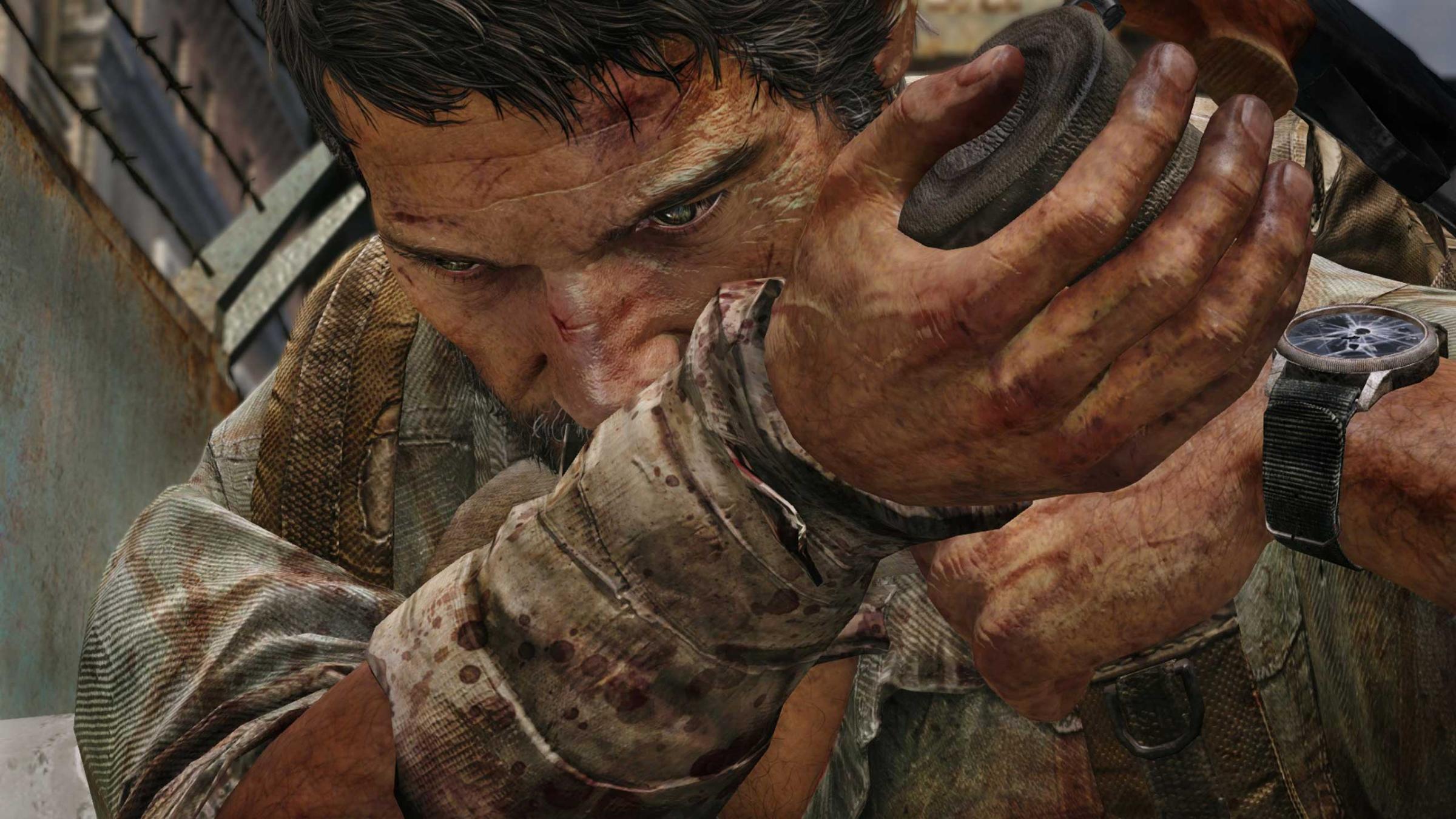

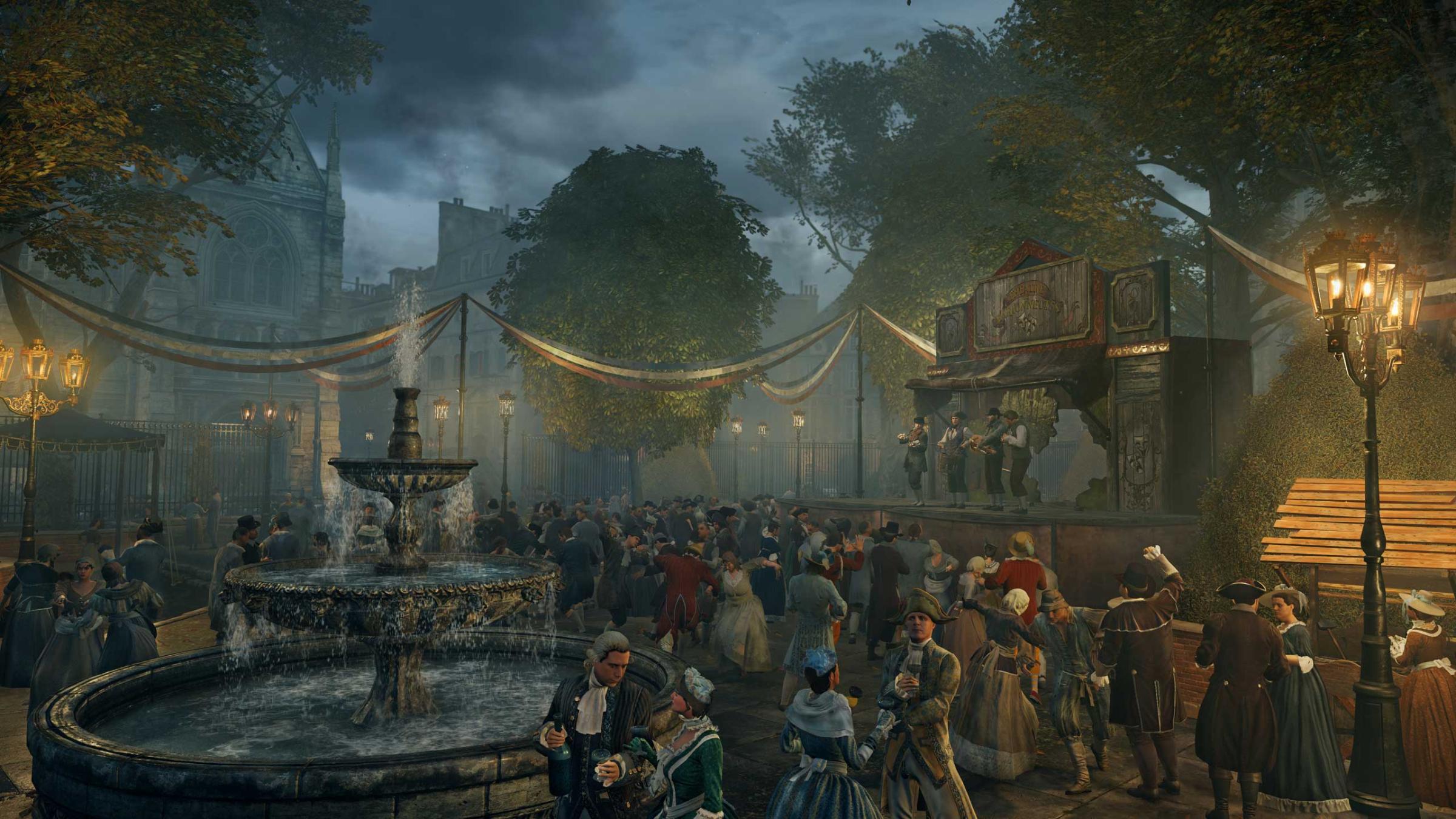
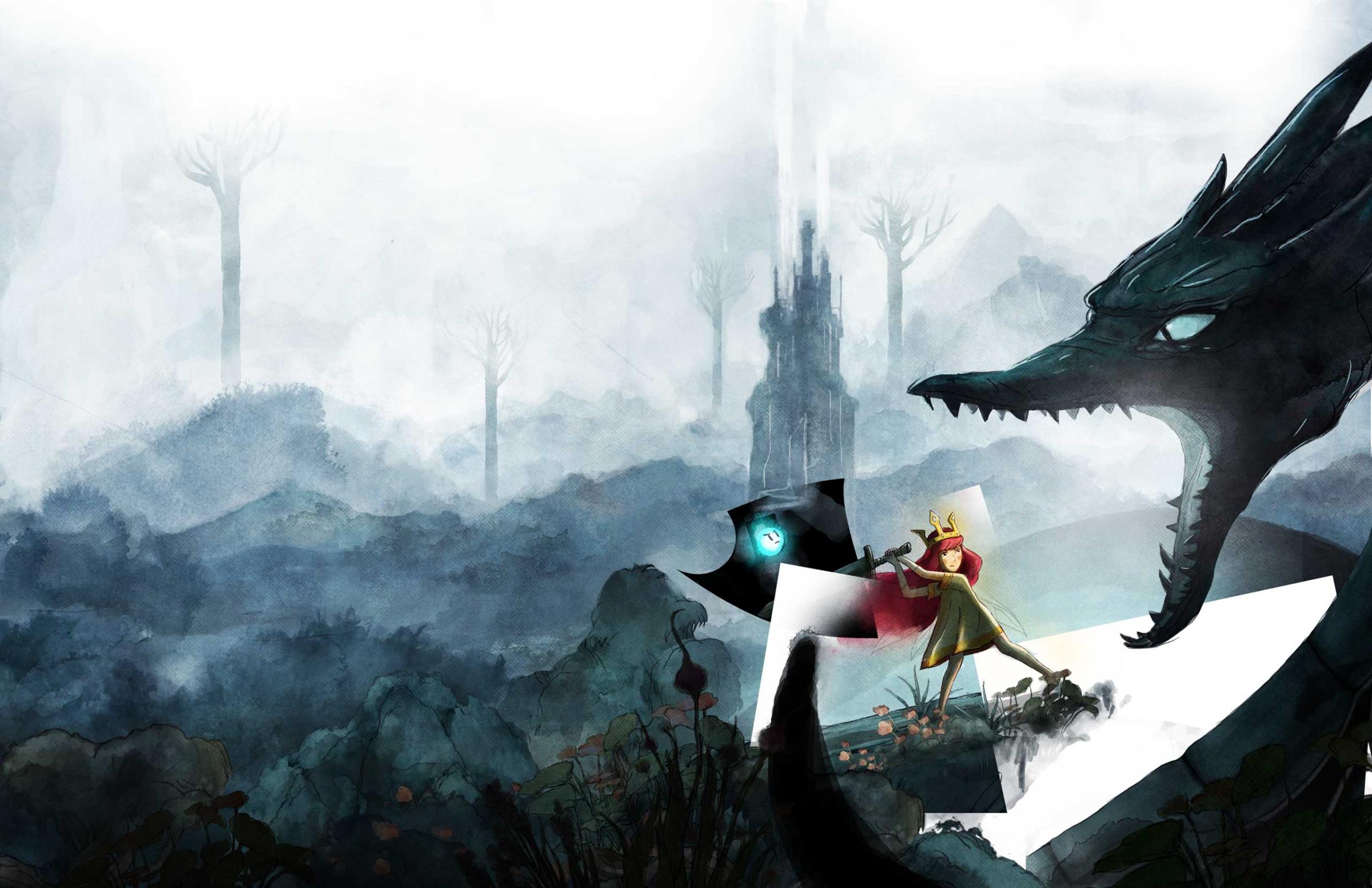
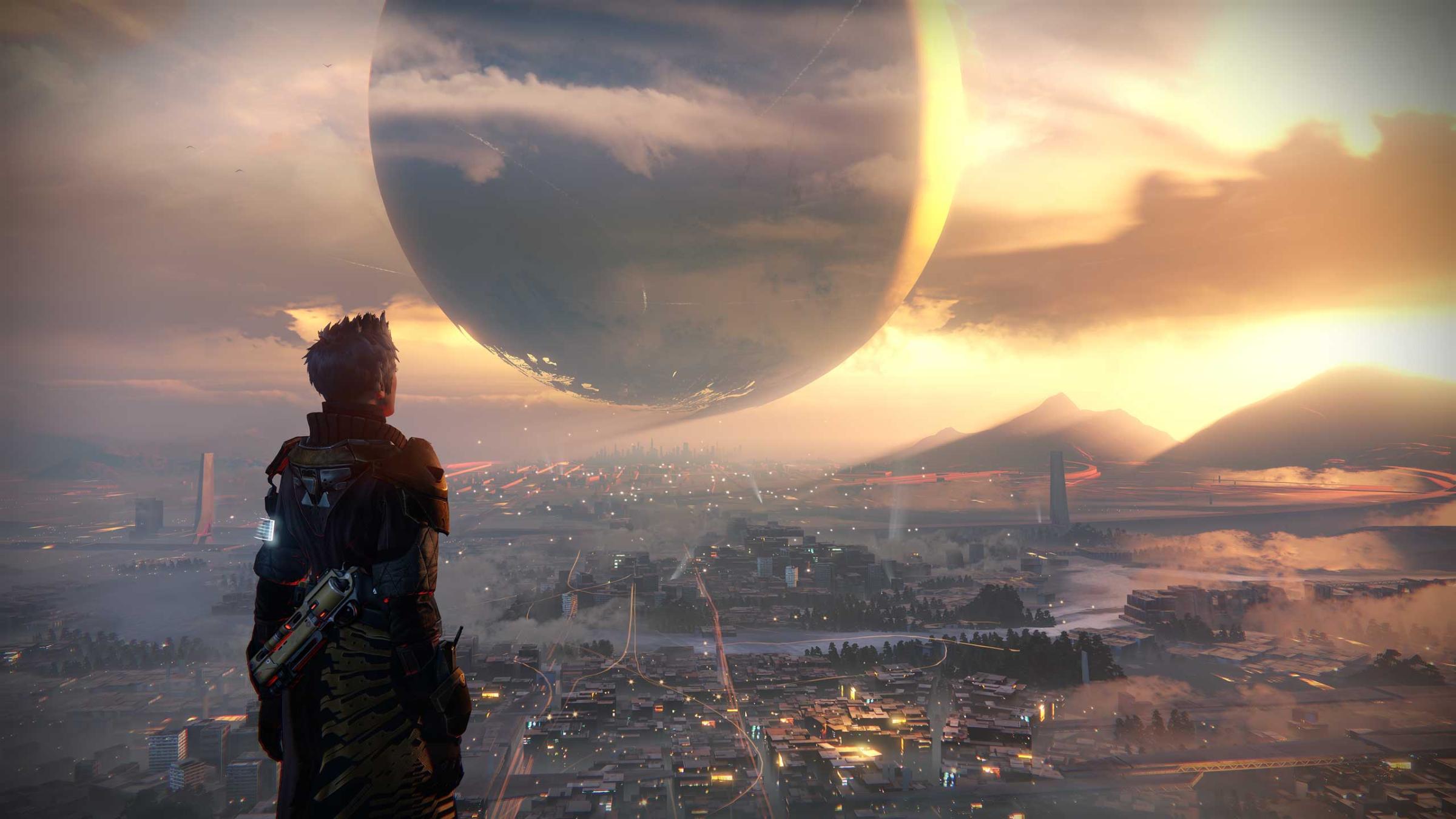
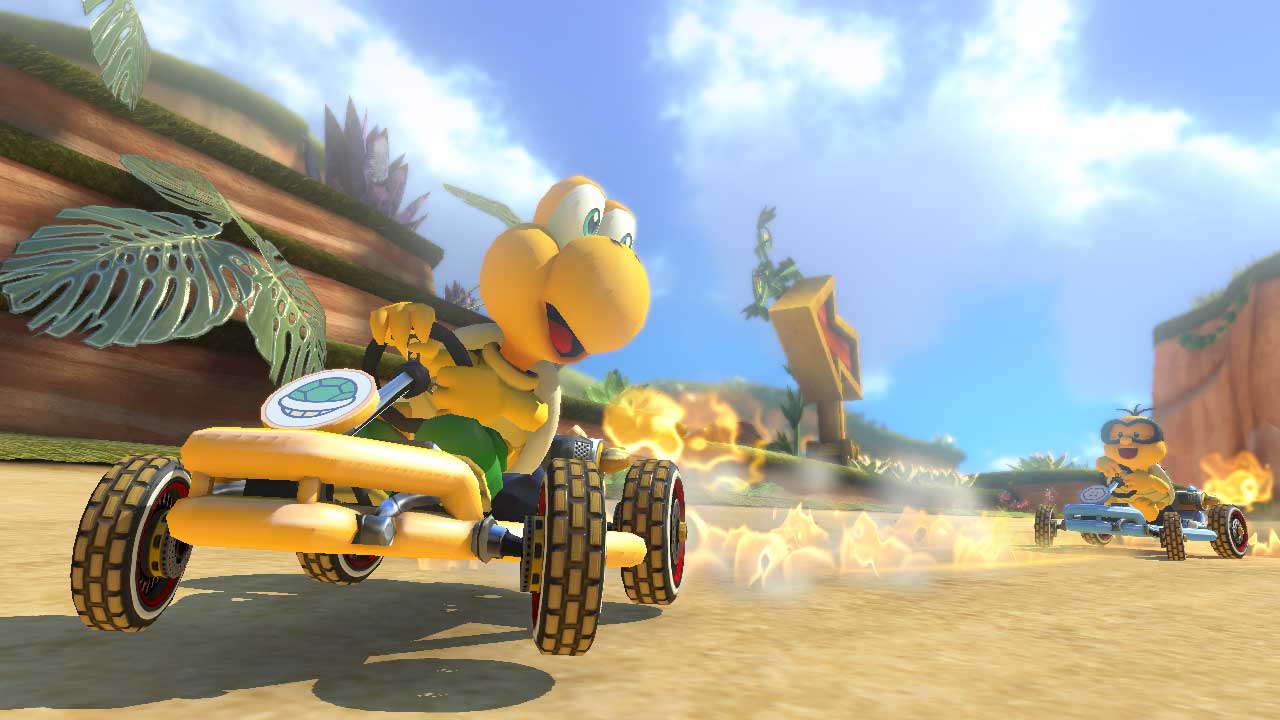
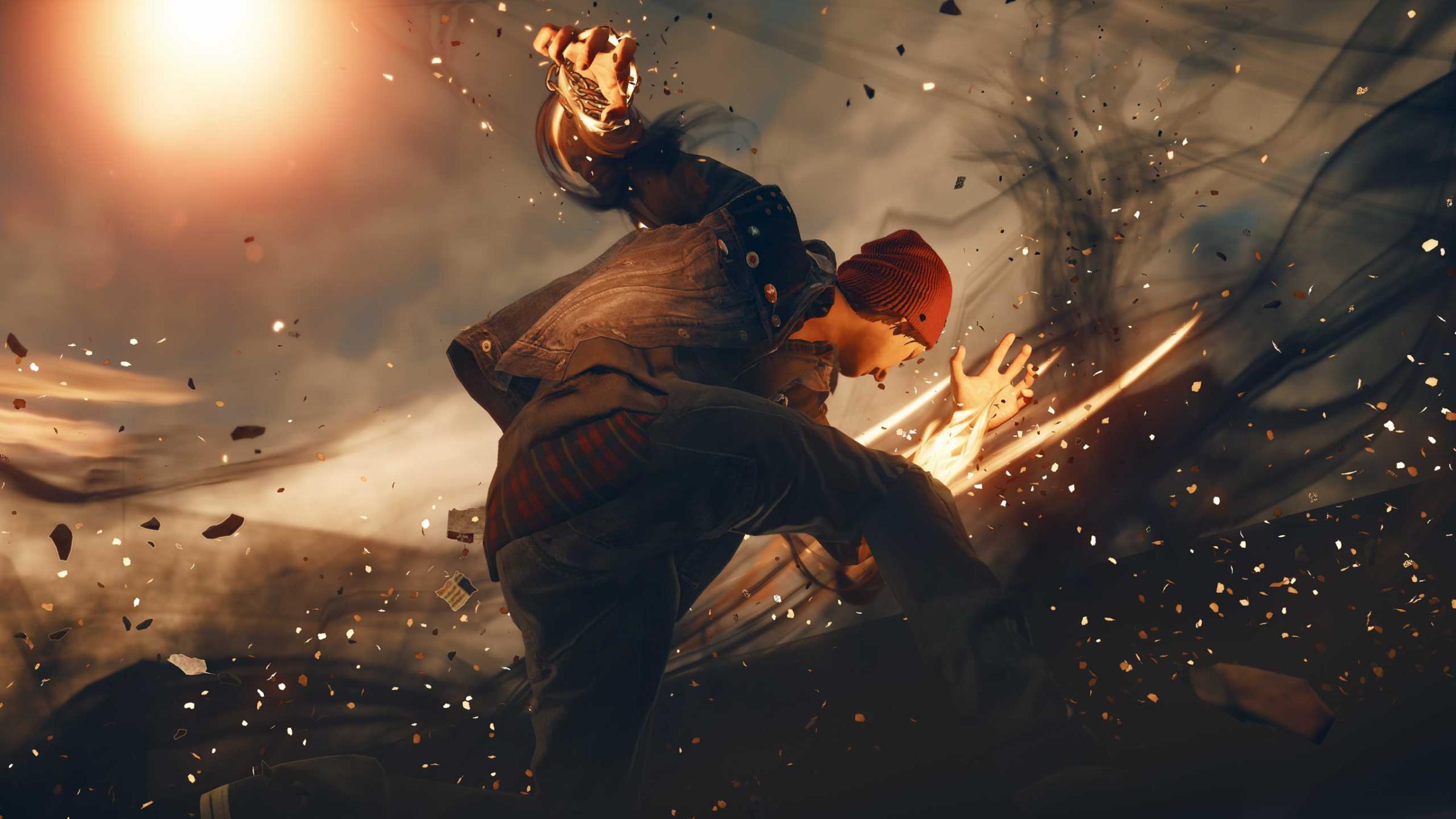
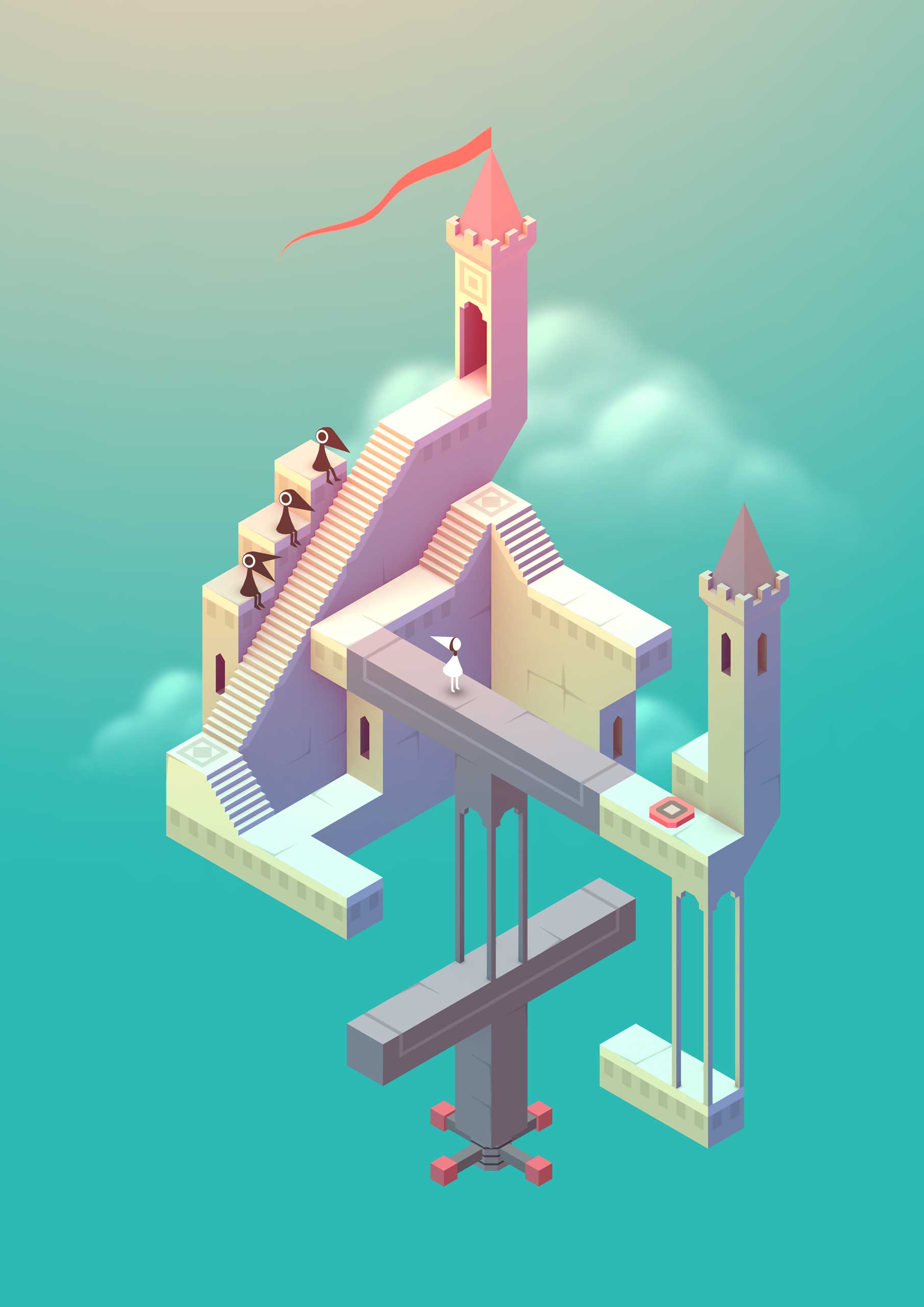
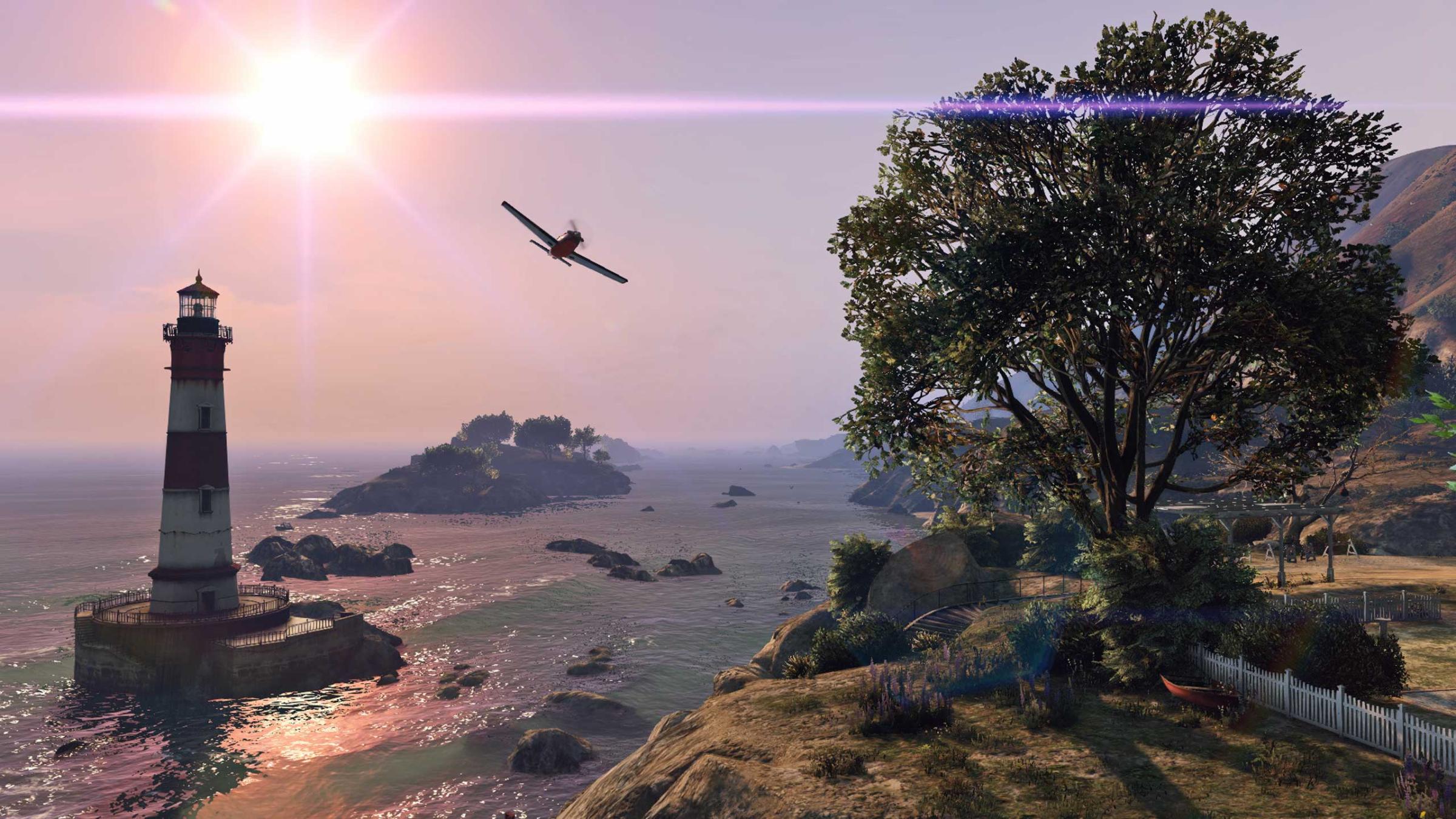
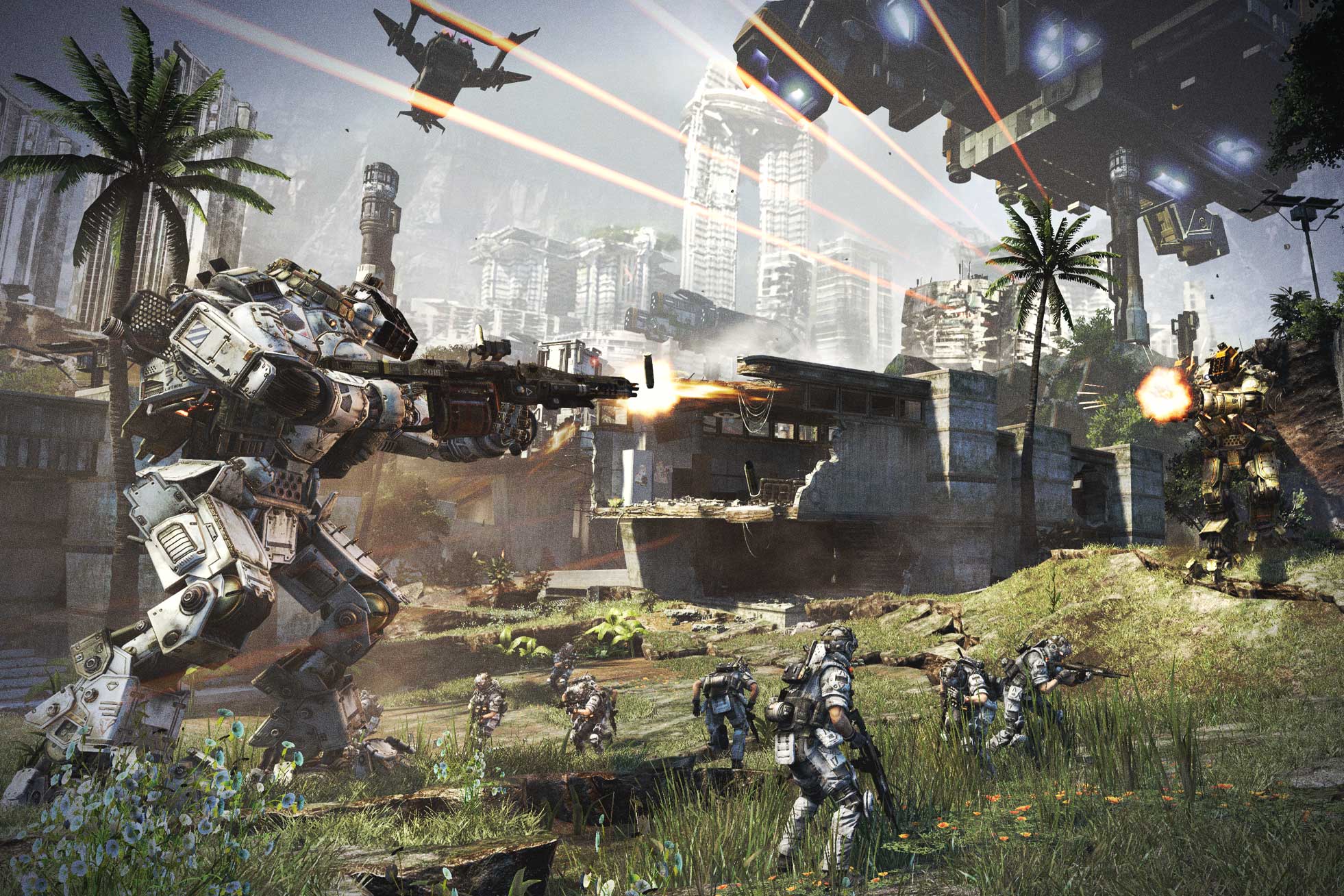

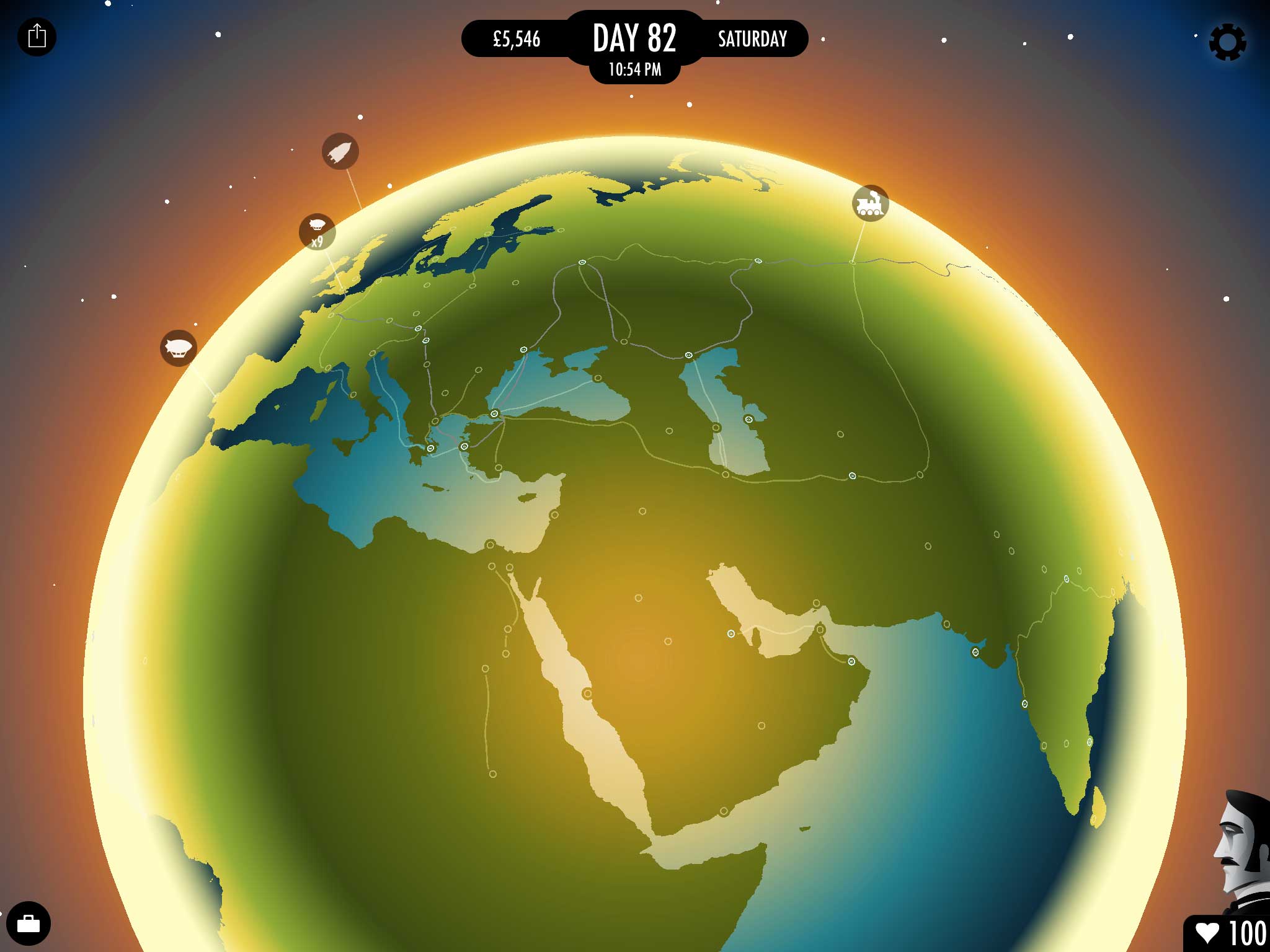
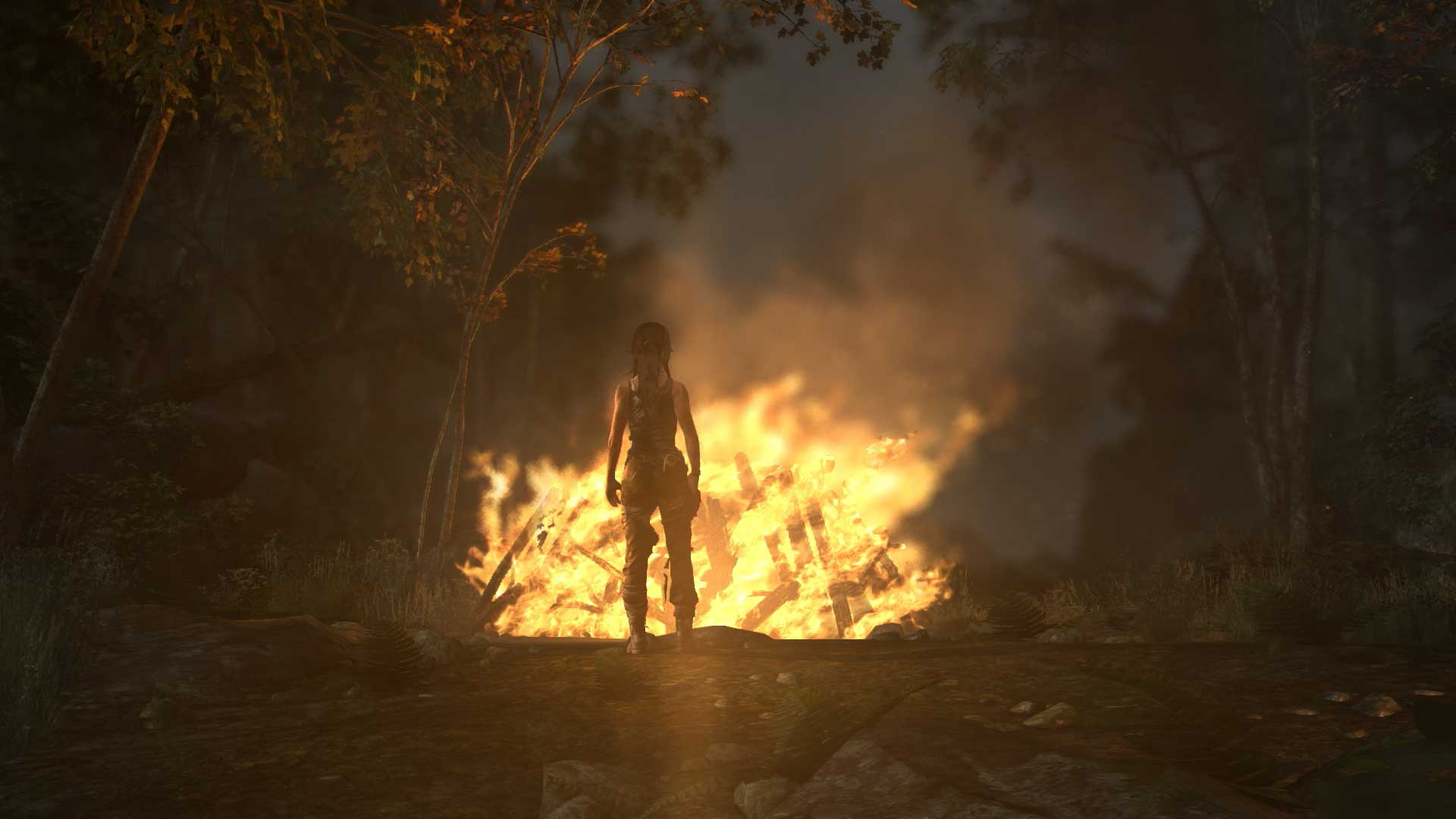
Far Cry 4 sculpts its vamp on that equation out of Nepalese remoteness and Himalayan verticality, and the results are predictably head-turning. Look out from any point in Kyrat, Ubisoft’s fictional Nepal, and you’ll note the sunlight glinting naturally off ornate bronze prayer wheels, throngs of thousand-leafed autumnal trees and undulating highways of calligraphic prayer flags fluttering in the wind.
Look further and you’ll spy plumes of distant smoke drifting stratospherically, blinking radio towers on miles-away hilltops and the intricately scalloped terraces of far-flung vertical farms. Then look up to where the horizon line should be to find the Himalayas towering like upthrust fangs, each snowy crag or escarpment crisply articulated, every draped and drifting cloud bank ethereal. There’s a sense of visual continuity here that seems only matched, in hindsight, in Bethesda’s 2011 hit Skyrim.
MORE: Now You Can Play ‘Super Smash Bros.’ on a Graphing Calculator
Set the game’s new look aside, and you could argue Far Cry 4 hasn’t changed much since players strained to salvage Jason Brody’s Pacific vacation. Kyrati-American Ajay Ghale wages a parallel, accidental campaign against a maniacal (but endlessly amusing) despot. He’s returned to scatter his mother’s ashes but then, whoops, he’s wrestling tigers, scaling mountains and squaring off with a megalomaniacal fashionista! But that’s an oversimplification. This is both the game Far Cry 3 was and wasn’t.
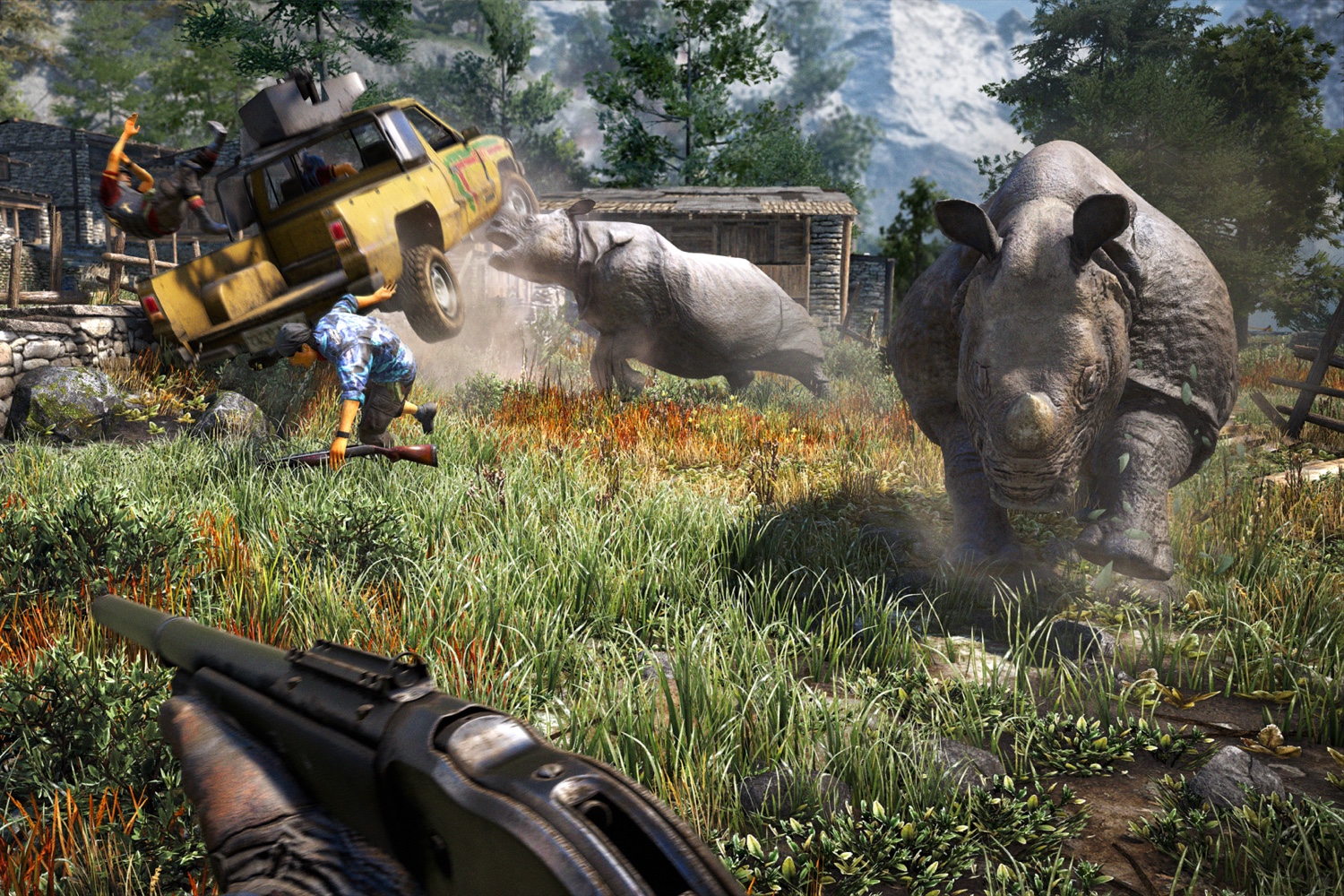
You still play a stereotypically displaced Westerner (Kyrati-American or no) in a freely explorable danger-scape, leveling up superhuman abilities and weapons as you fight to liberate thug-filled outposts. And you still do so by glassing enemies with binoculars, mulling over different attack approaches, hypothesizing ideal takedown scenarios and tripping auxiliary triggers like freeing lethal animals in cages, or lobbing “bait” to summon others.
Those animals still haunt regions of the world map, and you still hunt them to craft upgrades that pad out your ability to schlep stuff. And overlying that, you’ll still have to scale and sabotage nearly two dozen towers (here broadcasting propaganda) to de-fog swathes of the map and spotlight new activities. These are what Ubisoft’s taken to calling “pillars” in its primary franchises, and you’re either into the idea or not.
MORE: This Is How Insanely Beautiful the New Halo on Xbox One Is
But Far Cry 4 also builds gainfully on what Ubisoft’s learned about crafting freeform microcosms. Take your guides through the game’s main story: two parental sides of a Kyrati rebel force (after Nepal’s maoist insurgency) calling itself The Golden Path. The friction between their prosecutorial styles unlocks unique missions and rival story paths, some of which culminate in extremely discomfiting moments as you’re dressed down by the game’s incisive writers and get-under-your-skin voice actors, the strategist you shunned arguing the other’s illogic witheringly. As usual, there are no right or wrong choices here, only more or less relatable ones.
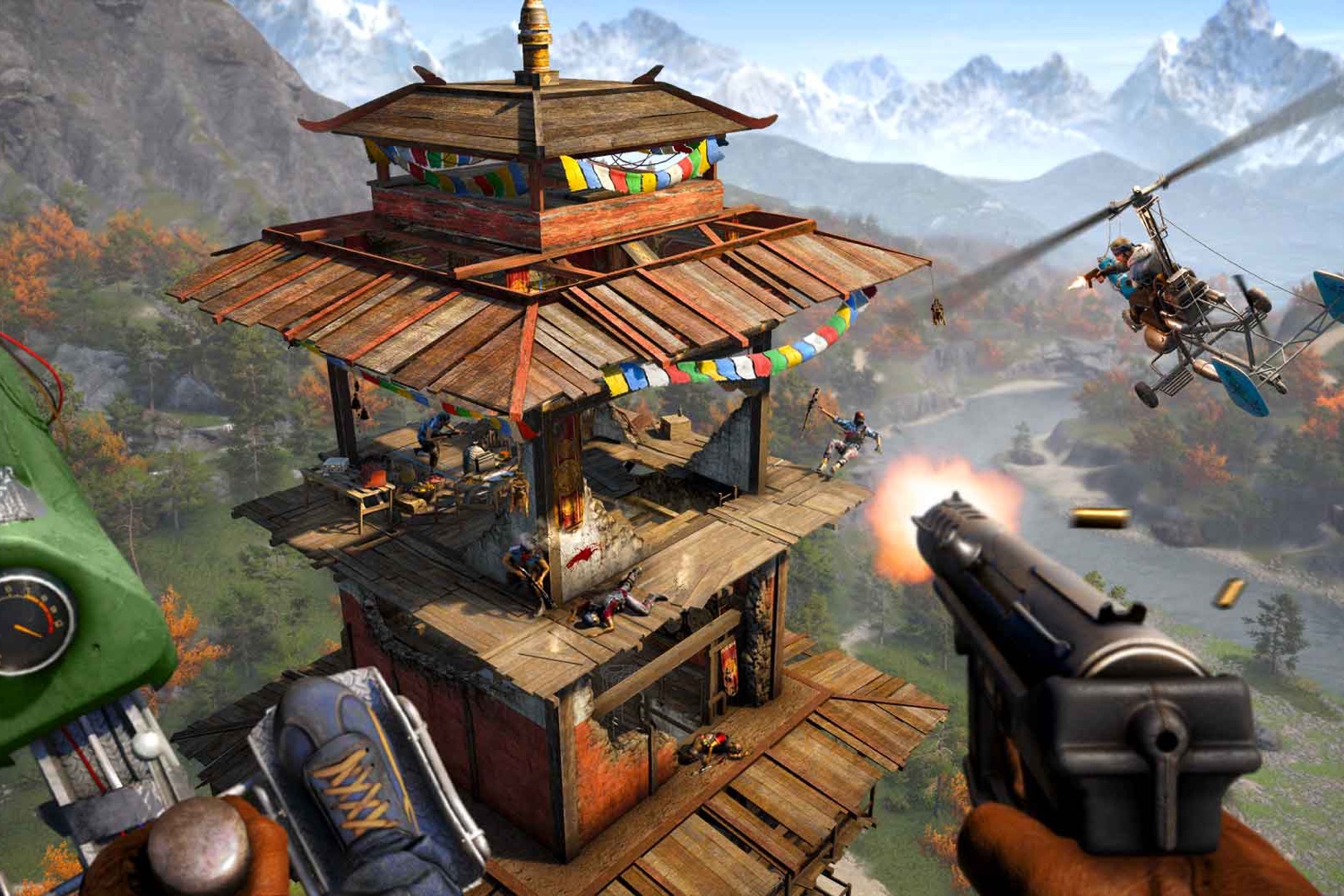
The rest comes down to well-executed fan service. You can zip to almost anywhere now in the handy gyrocopter, or survive impossible falls and cobble together breathtaking impromptu maneuvers with the wingsuit. The new “hunter” class enemy basically has thousand-yard x-ray vision, can nail you from as far off and, in a bit of inspired insidiousness, turns animals against you. All of this adds delightful emergent wrinkles to combat scrums.
The most difficult outposts are now called fortresses, and they’re so brutally and brilliantly difficult the game actually recommends performing other tasks to “weaken” them before you muster and assault (but you’re always welcome to try sooner). Vehicles now have an auto-drive feature that turns control over to the A.I. so you can focus on shooting, solving an ages-old problem. (Expect this one to be emulated in other games.) And cooperative play now happens in the main world, not adjunct to it, so while friends can’t co-play story missions, they can drop in or out at will to tackle anything else in your version of Kyrat, or vice versa.
MORE: Assassin’s Creed Unity Review: Not Quite the Revolution We Were Promised
That the war’s progress still comes to a standstill as you gallivant around the countryside is no more a problem here than any of the game’s other non sequiturs: hundreds of loot chests that lie in the open waiting just for you; that you groan with disgust as you gut animals but make not a sound when head-popping thousands of enemy soldiers; your ability to wield non-metaphorical superpowers for goodness sake; and the idea that everyone else prattles on while you say almost nothing. (Though, it’s perhaps the better compromise if you’re not a manic quipster.) You could pretentiously call any of that ludonarrative dissonance, or just settle for “game design circa 2014.”
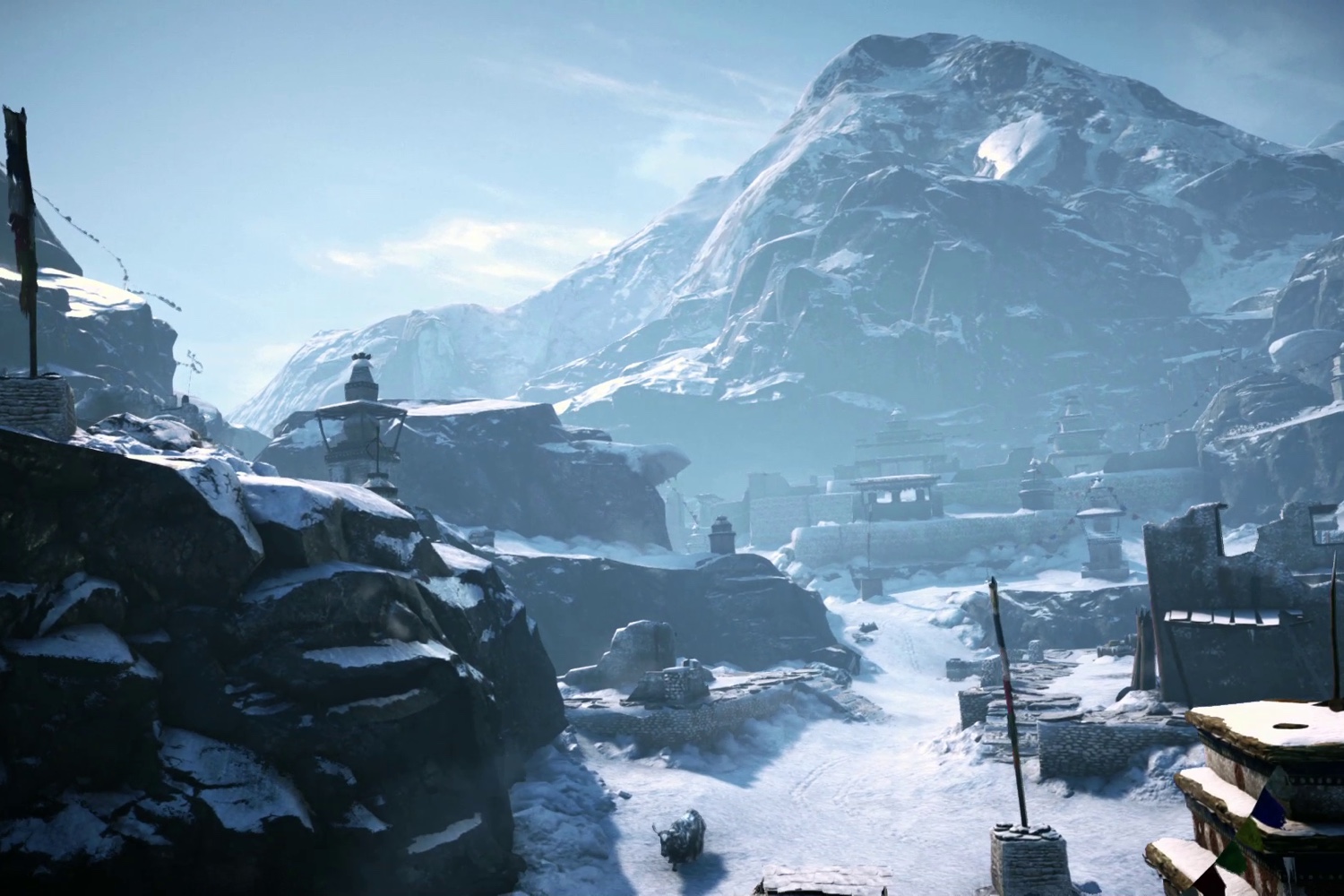
But my favorite parts of Far Cry 4 lie in its quieter, unscripted moments, ones where I’d notice an inconspicuous grapple point glinting at me from high above, only to climb thousands of feet and find myself swinging between precarious protrusions toward terra incognita, inching up or down my grapple rope and angling to land just so on a silver of ledge-space.
There’s another kind of game that lives inside Far Cry 4, one that’s not about the hails of bullets or checking off victory points or slicing open a stockade’s worth of wildlife. You can play that game for hours here if you like, exploring Ubisoft’s Kyrat in trancelike quietude, but the gameplay rewards are marginal–exploration for its own sake has to suffice. How much longer before someone offers a viably nonviolent parallel path through one of these games? One that involves playing not as the guns-a-blazin’ savior, but a character more like the war correspondent in David Mitchell’s The Bone Clocks—the person whose perilous job it is to chronicle the war instead of waging it, and perhaps bring a sense of accountability to the chaos and madness.
5 out of 5
Reviewed using the PlayStation 4 version of the game.
Read next: Everything You Need to Know About World of Warcraft: Warlords of Draenor
More Must-Reads from TIME
- Donald Trump Is TIME's 2024 Person of the Year
- Why We Chose Trump as Person of the Year
- Is Intermittent Fasting Good or Bad for You?
- The 100 Must-Read Books of 2024
- The 20 Best Christmas TV Episodes
- Column: If Optimism Feels Ridiculous Now, Try Hope
- The Future of Climate Action Is Trade Policy
- Merle Bombardieri Is Helping People Make the Baby Decision
Write to Matt Peckham at matt.peckham@time.com